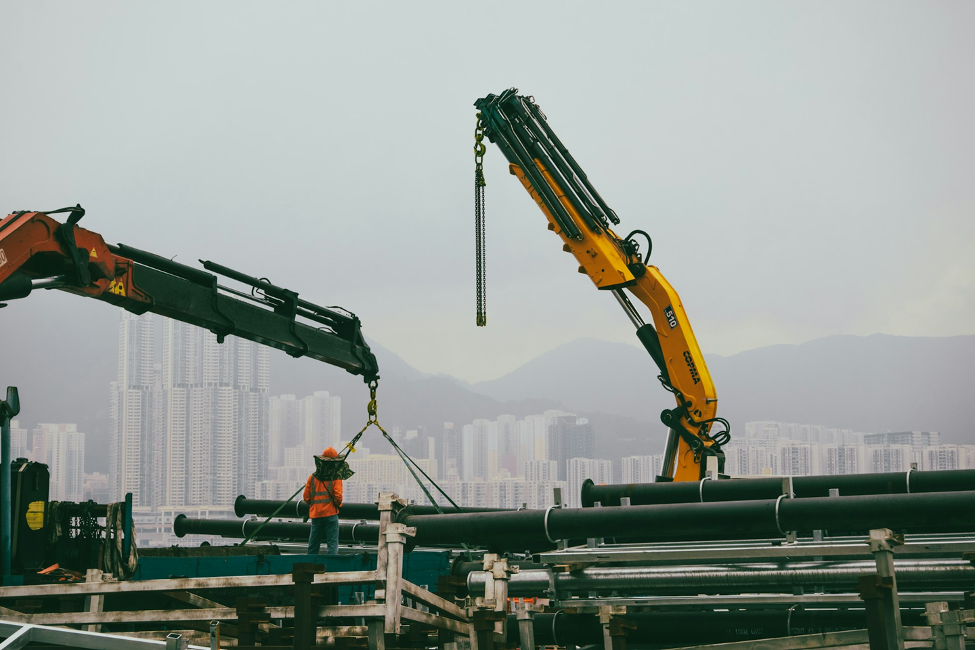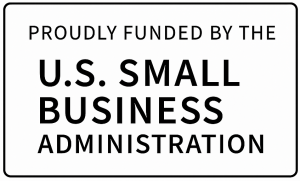Leaders overseeing numerous aspects of construction projects must coordinate various factors, from labor needs to raw materials and site safety protocols. Overlooking one essential requirement could cause ripple effects that disrupt entire projects and add to expected budgets and timelines.
Decision-makers who assess lesser-considered aspects can prevent downsides caused by inadequate preparedness. They are much likelier to finish work on or even under budget, solidifying their companies’ reputations in a demanding industry. Several areas are critical to consider for completing projects on time, within budget and without accidents.
1. Planning and Scheduling
Site leaders must create feasible schedules and maintain them as work progresses. Careful planning will help them adhere to goals and timelines, even as unexpected circumstances arise.
One study found that contractors in the United States wasted up to $40 billion in a single year due to labor-related inefficiencies. The analysts also described labor as the largest and riskiest variable cost for construction projects while acknowledging that it is also the most controllable.
Intensive planning can reduce waste by increasing people’s awareness of the factors that most threaten timelines. That information can help teams adjust the aspects of construction projects within their control. For example, a scheduling app can keep everyone updated if challenges like delayed deliveries arise and require crews to adjust.
2. Permits and Regulations
Those overseeing construction projects must secure the appropriate permits and follow all applicable regulations during each stage. Overlooking those essentials could cause unexpected consequences.
For example, Iowa’s planning and development department has recently received more calls from insurers inquiring whether structures have the proper permits before processing claims. Those permissions are essential for building safety. Bypassing permits and regulations may interfere with owners’ attempts to get or benefit from insurance coverage.
Construction leaders should also be aware that permitting requirements may change if clients propose using a building differently than they first intended, want to make additions, or suggest other changes during preparation or construction. The smartest approach is always assuming those alterations will need permits and approaching the respective regulatory authorities to confirm the specifics. Those engagements may extend the timeline, but going through the proper channels will prevent future obstacles.
3. Equipment Maintenance and Calibration
The construction industry uses specialty equipment to achieve consistent results. Keeping it well-maintained and calibrated maintains high quality while preventing costly and frustrating slowdowns. Various aspects of construction projects — such as temperature extremes, high humidity and heavy dependence on equipment — can increase calibration frequency.
However, some construction site leaders use connected sensors and other advanced technologies to monitor individual machine performance. Equipment data received through a centralized dashboard allows supervisors to assess overall usage time, emissions, fuel usage and other particulars. Unusual and sudden changes in those factors could indicate the machine needs maintenance or calibration.
Relatedly, operator mistakes could mean machines need maintenance or replacement parts sooner than usual. Ongoing training and regular coaching sessions keep people’s skills sharp and reveal room for improvement before bad habits develop.
4. Site Safety Protocols
Keeping people safe on construction sites requires comprehensive and continuous efforts in all project stages. Leaders should conduct thorough assessments to identify possible risks and their likelihood of occurring. This helps them prioritize the most impactful mitigation measures, whether enacting warning signs or requiring workers to wear fall-prevention devices when working at heights.
Tracking which workers use specific tools and equipment is important for ensuring people do not put themselves or others at risk by attempting dangerous activities without training or required certificates. This approach also deters theft, especially if supervisors set geofencing parameters that send alerts when protected assets pass beyond stated boundaries.
Colorado researchers are also working with industry partners to develop a framework that reveals safety and psychosocial health factors within construction companies. Their approach centers on leadership commitment and workforce engagement, empowering everyone involved to take a more active role in site safety. Efforts like this can enhance safety-related best practices.

5. Mindful Budgeting
Budgeting is a perpetually challenging aspect of construction projects due to external, often unexpected factors. For example, changes in raw material prices or unforeseen soil instability can affect project budgets.
Construction site leaders should look for opportunities to cut costs by sharing or renting equipment rather than buying it, especially if they will only use a machine for a short time. Many online service providers and marketplaces have available equipment and allow people to get price quotes.
Technologies — such as building information modeling systems and cloud computing platforms — can also support a sound budgeting strategy by increasing team visibility and preventing errors. Additionally, digital invoicing systems and similar conveniences can shorten payment time frames and reduce budgeting errors.
Pay Attention to These Aspects of Construction Projects
Improved awareness is crucial for better outcomes. Assessing these five areas to examine what a construction company already does well and how it should improve can cause meaningful benefits for contractors and clients, increasing competitiveness.






